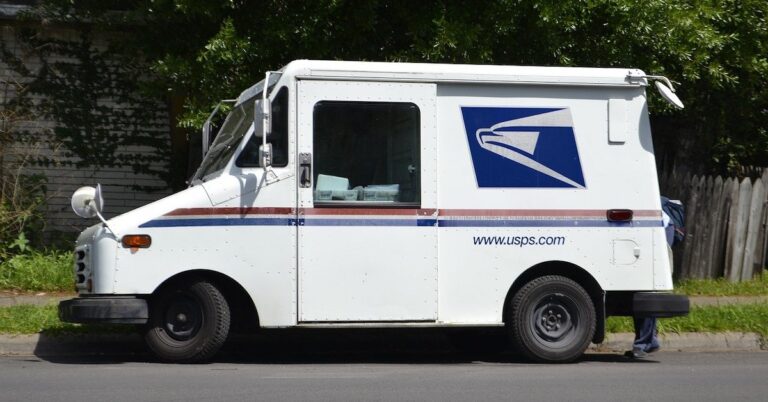Back Home by Chris Hardie
» Download this column as a Word document
» Download the photo that accompanies this story
» Chris Hardie’s headshot
One silver lining in the COVID-19 pandemic storm cloud that caused massive disruptions to the nation’s meat supply is the awareness it created about where our food comes from.
When large processing plants had to be closed due to workers getting sick, it caused some hog farmers in the U.S. to euthanize thousands of healthy pigs because there was nowhere for the pigs to be processed.

In response, the Wisconsin Pork Association and Wisconsin Department of Agriculture, Trade and Consumer Protection created “Passion for Pork,” a program connecting Wisconsin pork producers to local meat inspectors and consumers.
Smaller, local meat processors extended their hours to process and package the pork to help meet the demand at food banks and food pantries. It’s a win-win that helps farmers and puts quality products into the hands of people who need it.
My wife Sherry and I made it one of our goals when we moved back home to the farm in 2006 to raise much of our own food — fruit, vegetables and beef, chicken and pork.
We both grew up on dairy farms and were familiar with cows and chickens. Neither of us had experience raising pigs, but we had read enough articles on homesteading and about small farming to convince us that it was a logical step for us.
I knew where we could find some pigs. I was long acquainted with Erv Nuttleman and his family near Bangor. Erv was gracious enough to sell us a couple of pigs, but we waited until after the kids raising hogs for 4-H projects at the fair had their pick.
Erv — who died in 2013 — was instrumental in promoting the swine business and in August 2012 he was inducted into the Wisconsin State Fair Pork Hall of Fame. He once said the reason he stayed in the swine business is because the animals were “stubborn like he was.” I’m grateful that Erv’s son Steve continues to sell me hogs.
We recently picked up two hogs for this year — named Spot and Red. The first year we named our pigs Pork Chop and Bacon. The names were meant to remind everyone about the purpose of the porkers, lest there be any fond attachments made. That can happen with pigs, who can be very friendly and quite gregarious.
I understand why a breeding pair was so valuable for a pioneer family. Not only are they prolific (a sow can have two litters a year with as many as a dozen piglets), but they grow quickly, reaching 200 pounds in about six months. And while their primary diet is corn and soybeans, pigs are omnivores and make good use of table scraps.
I built a new pen for the pigs this year with an old calf hutch for some shelter. It is surrounded with an electric fence. Unless you have a strong fence built and secured with hog panels, pigs will dig and escape. All it takes is a few zaps from the electric wire and they respect their boundaries.
Pigs are smart — they have the intelligence equivalent of a 3-year-old child. Unlike other farm animals who defecate everywhere, pigs will take care of their business outside of where they sleep.
They are also very vocal, grunting, squeaking and even barking when startled. Their squeal — which is reserved for times when you have to hold them or lift them for vaccinations or other medical functions — can range more than 110 decibels, which is louder than a chainsaw.
Pigs were domesticated more than 6,000 years ago by the Chinese, who also discovered the joys of bacon when they began salting pork bellies. Their little legs are actually quite fast, as they can run a seven-minute mile.
Pigs wallow because they lack sweat glands. They like mud because it helps cool them down. On hot summer days, I like to take the water hose and spray the pigs down. They’ll hide behind their hutch and then run out for a blast of cool water.
I’m not sure who enjoys it more. Clearly it doesn’t take much to entertain me. After all, Winston Churchill once said, “Dogs look up to man. Cats look down to a man. Pigs look us straight in the eye and see an equal.”
Sherry had the foresight to make sure that we could secure a butchering date for the fall even before we got the pigs. Local meat processors have all the work they need and then some with more interest from consumers. I view that as a good problem.
We all have choices when it comes to what we eat and where we buy our food. I hope that new consumer patterns will emerge from the pandemic that puts more people in touch with the source of their food.
With many farmers markets now opening, chances are there is a very local source of food right in your own backyard.
Know your farmer.
Know your food.
Chris Hardie spent more than 30 years as a reporter, editor



